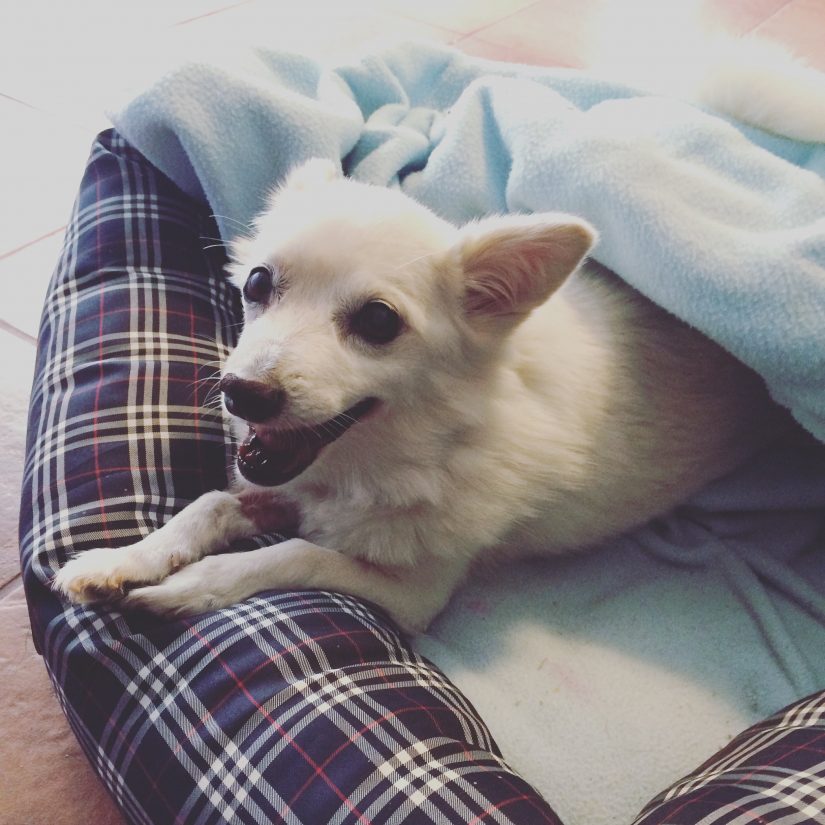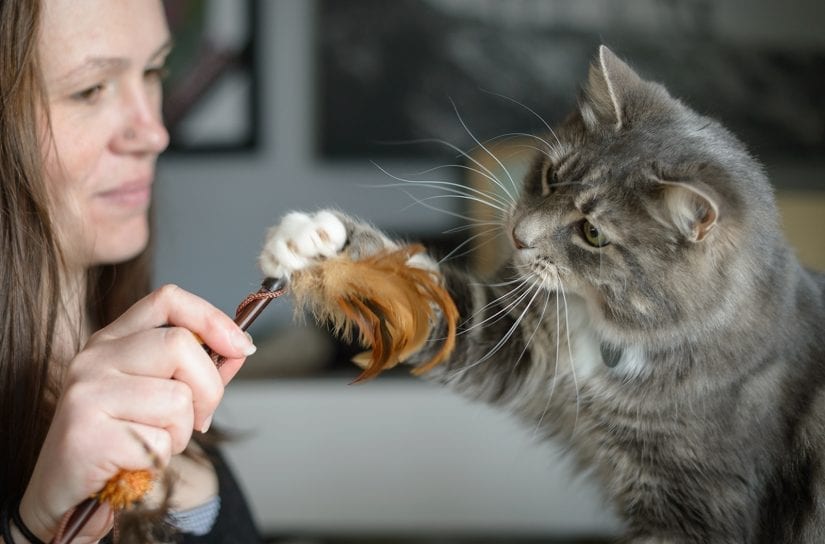If your dog has not been indoors for a long time
Start slowly. Your dog needs to get used to being indoors. Put a leash on her and bring her inside for short periods, even for just a few minutes to give her a tasty treat.
Toss treats in the doorway to encourage her to enter if she is too nervous. Never force her. Gradually have her spend more time inside with you. Once she is relaxed, give her time off leash in the house.

Feeding helps a dog get comfortable with being indoors
- Provide your dog with a mat when you feed her outside.
- Feed your dog each meal on the mat; she can be standing, sitting or lying on the mat.
- Remove the mat once she is finished eating. Bring it out again with the next meal.
- Once she is comfortable eating on the mat, bring it indoors along with your dog on a leash at feeding time.
- Feed her on the mat in the house.
- If she doesn’t want to come inside, continue feeding on the mat but move it closer to the door.
- Toss treats in the doorway for her to eat, while allowing her to go back outside if she’s too nervous.
- Your goal is to have your dog eating on her mat in the house and relaxing.
If your dog will come indoors, but she pees inside, chews on things, barks or jumps on people
Learn how to house train an adult dog that is used to living outdoors.
Was your dog outdoors because of a behaviour problem? Learn about dog behavioural issues and how to fix them.
What are some issues with keeping a dog outdoors?


